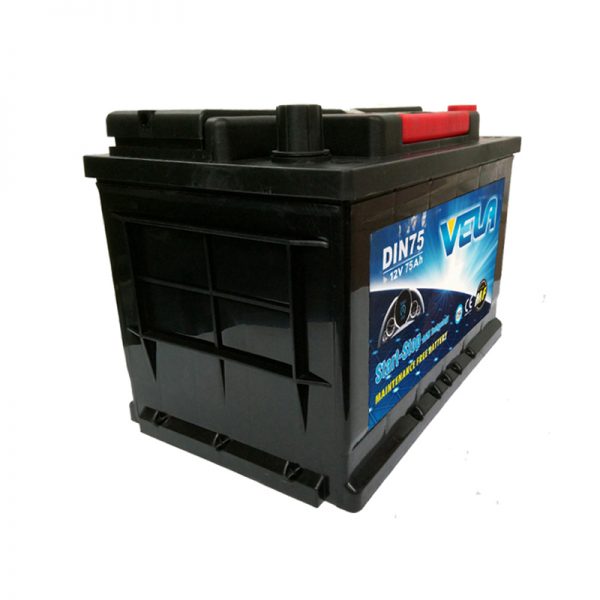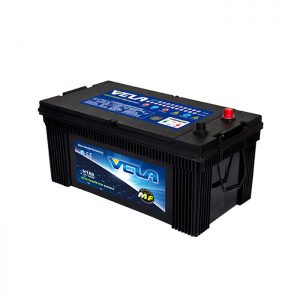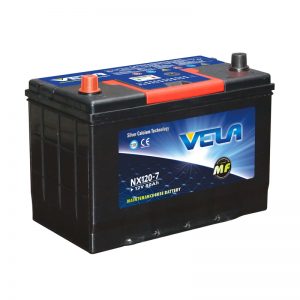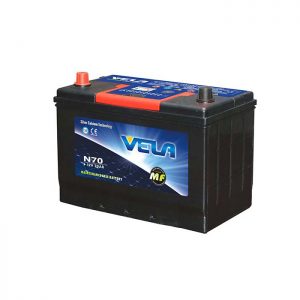Description
| VELA START STOP BATTERY CATALOG | |||||||
| Model | Capacity | CCA | Lay out | Terminal | L | W | H |
| 20HR(Ah) | At -18℃ | ||||||
| DIN60L | 60 | 605 | 0 | A | 243 | 175 | 190 |
| DIN70L | 70 | 650 | 0 | A | 279 | 175 | 175 |
| DIN75L | 75 | 690 | 0 | A | 279 | 174 | 190 |
| DIN88L | 88 | 755 | 0 | A | 353 | 175 | 190 |
| DIN100L | 100 | 840 | 0 | A | 353 | 175 | 190 |
Start-stop battery is used for the automotive with start-stop system. Start-stop battery are more commonly used in European and American countries. More and more developing countries are also starting to use automobile with start-stop systems.
Advantages
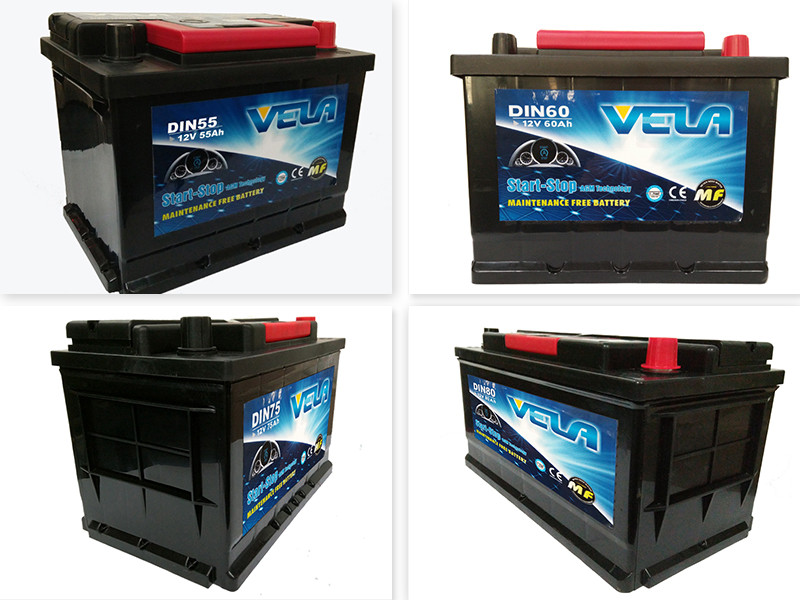
- High acid resistance
- Less internal resistance
- Extend the life of lead-acid batteries
- Good deep discharge performance, allowing frequent high current discharge in a short time
- The highest cold start ampere (CCA) enables the engine to start even in extreme weather conditions while maintaining comfort and safety features
- Low self discharge rate
- Longer life
- Environmentally friendly
characteristic
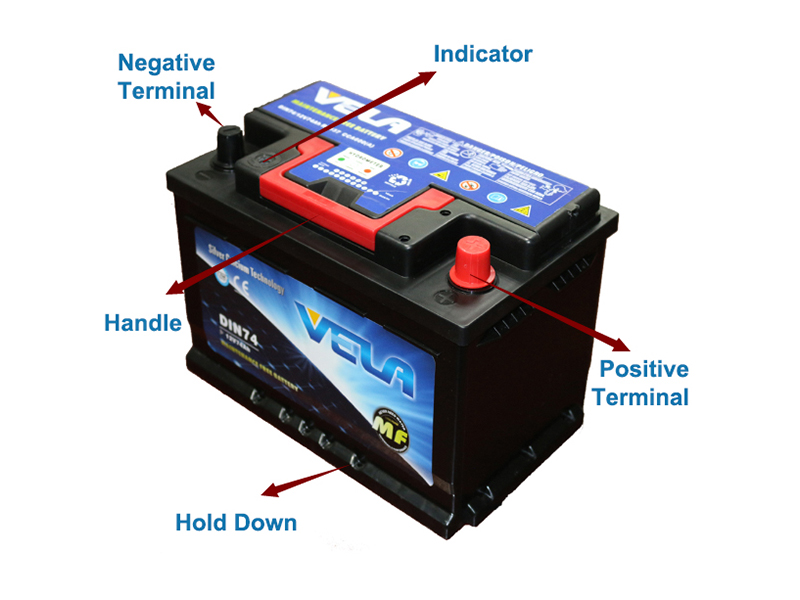
- High cranking performance (CCA – Cold Cranking Amps) to suit modern engine starting needs
- Latest lead acid technology to meet the demands of modern market conditions
- Designed and constructed to achieve Heavy Duty outputs in testing market environments
- Maintenance free construction with easy vent plug access for checking electrolyte levels – ensures maximum battery performance and life
- Carry handles to allow for ease of transport
- Can be used for cranking, igniting and lighting
- Low self discharge rate
- Longer life
- Environmentally friendly
Product details
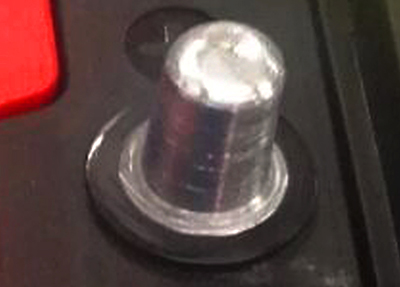
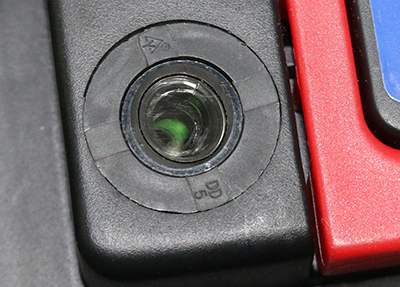
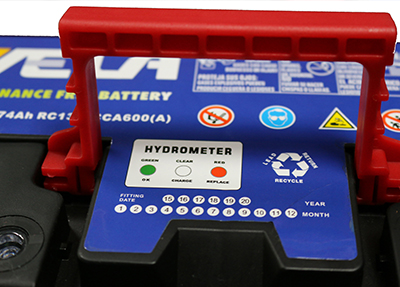
Pure lead terminal Indicator display battery’s state of charge Portable handle
product description
part.1
Maintenance
The indicator on cell cover can display the battery’s state of charge. When it displays “Green”, the battery can work normally. When it displays “White”, the battery should charge in time. When it displays “Red”, the battery should be replaced at once.
part.2
Recharging
After long periods of storage (6 months or more) the battery will need to be recharged when the terminal voltage falls below 12.5 V. When recharging, please keep yourself and your colleagues safe by following all the relevant safety recommendations (such as wearing protective glasses).
part.3
Checking the terminal voltage
The terminal voltage should be checked six months after the date of manufacture. And if the voltage has dropped below 12.5 V, the battery needs to be recharged to between 12.7 and 12.8 V before being stored further.
part.4
Recharging recommendations
If the terminal voltage drops below 12.5 V, the battery must be recharged. The recommended charge current equates to one tenth of the battery’s nominal capacity (e.g. 8 A for a battery with a nominal capacity of 80 Ah). How long the battery needs to be recharged obviously depends on how it’s going to be used afterwards.
part.5
STORAGE
1 This type of battery is a liquid lead-acid battery and should be stored in a dry, clean, well-ventilated place at a temperature of 5-25°C. Avoid direct sunlight and at least 2 meters from the heat source.
2 The battery must not be placed upside down or tipped over. And must avoid any mechanical impact and heavy pressure.
2 The battery must not be placed upside down or tipped over. And must avoid any mechanical impact and heavy pressure.





